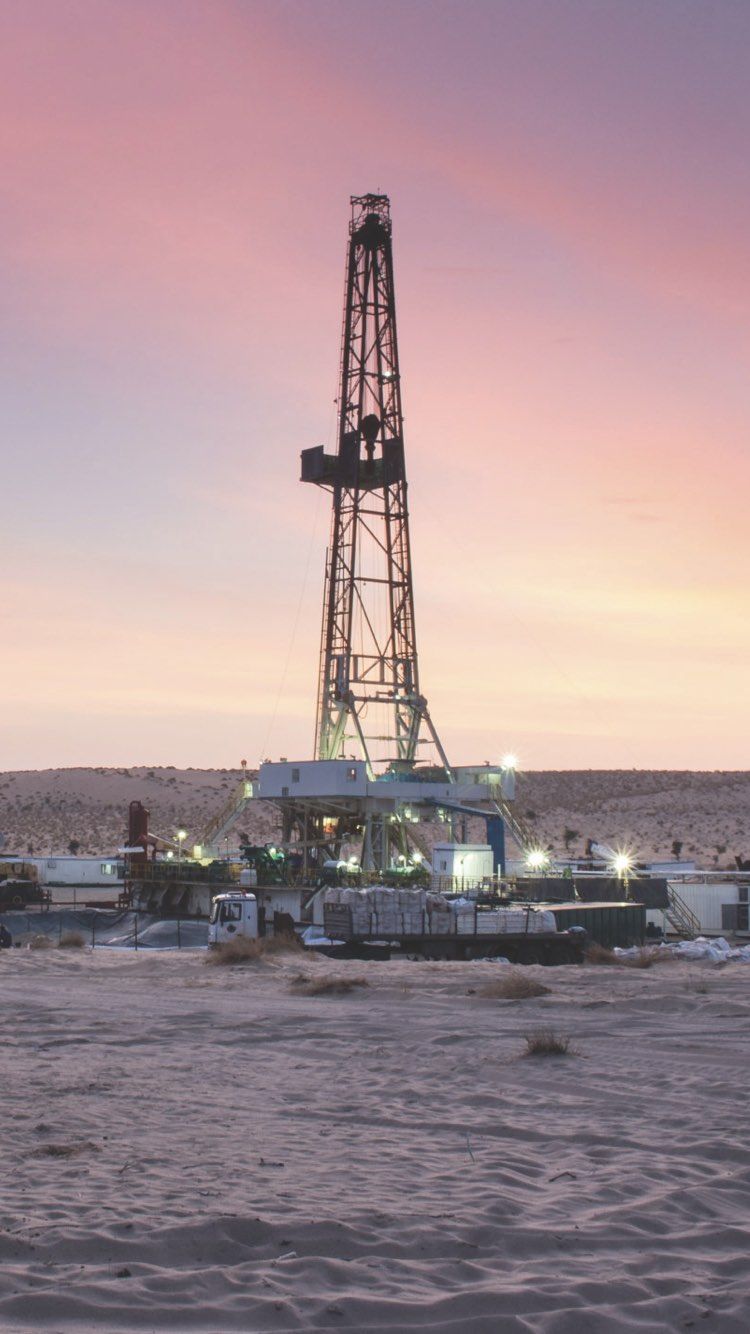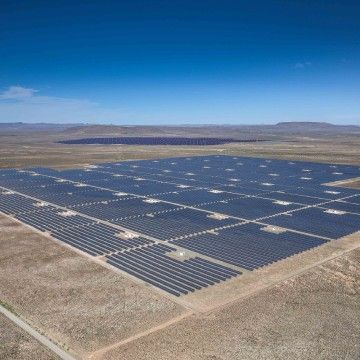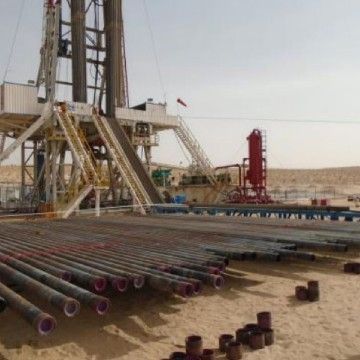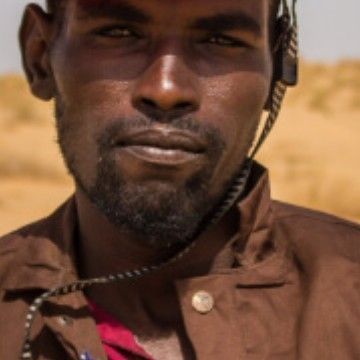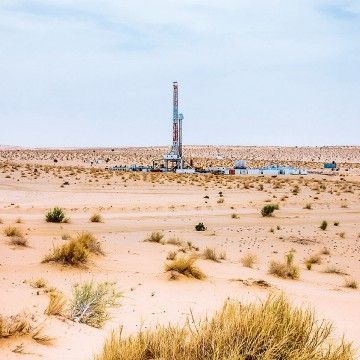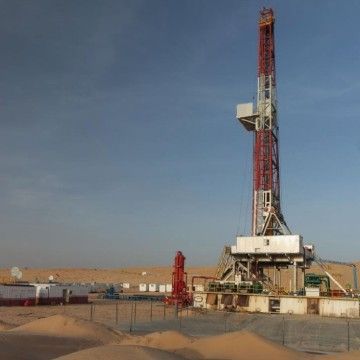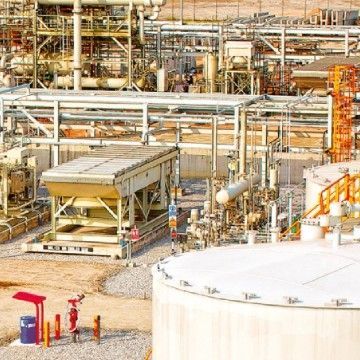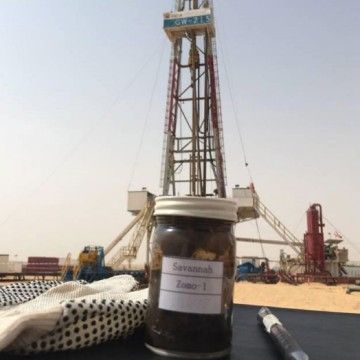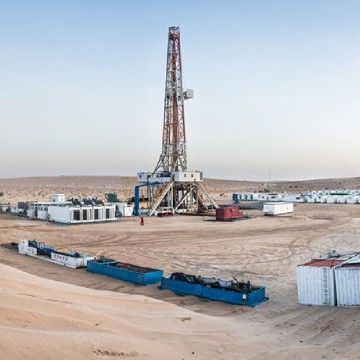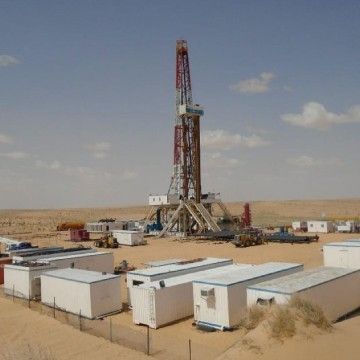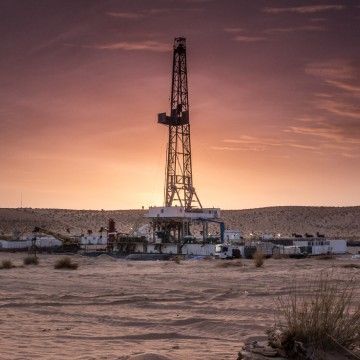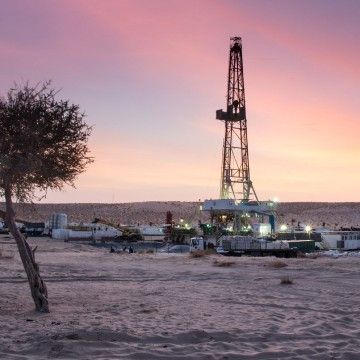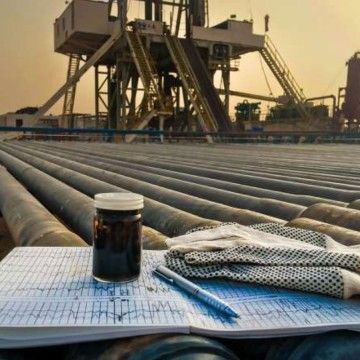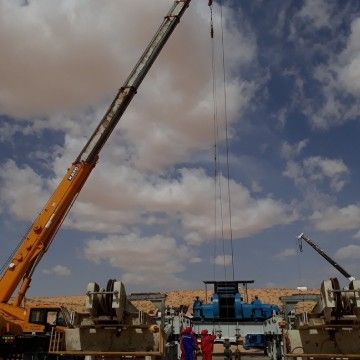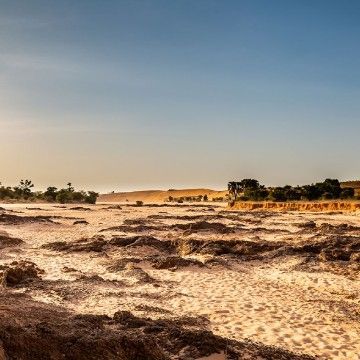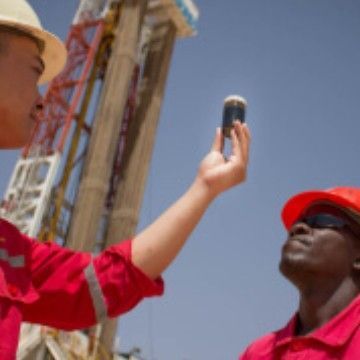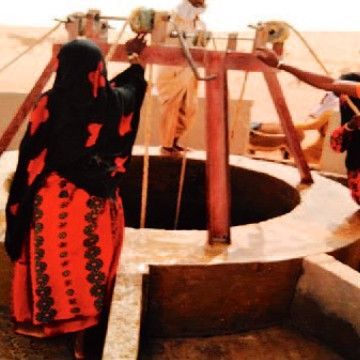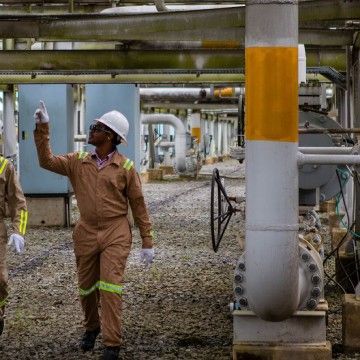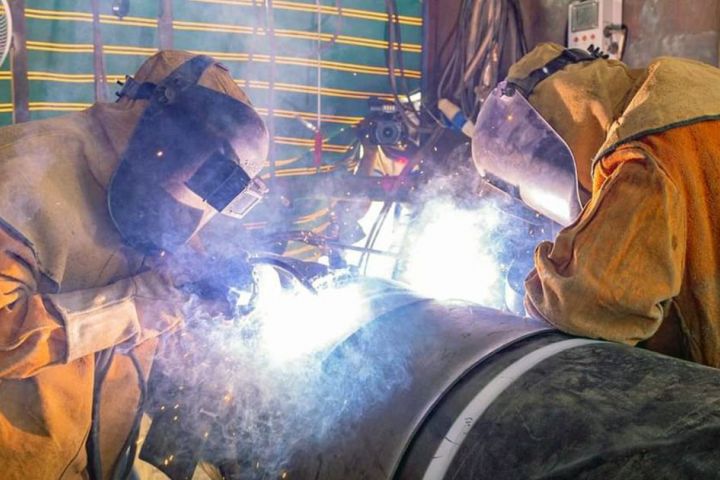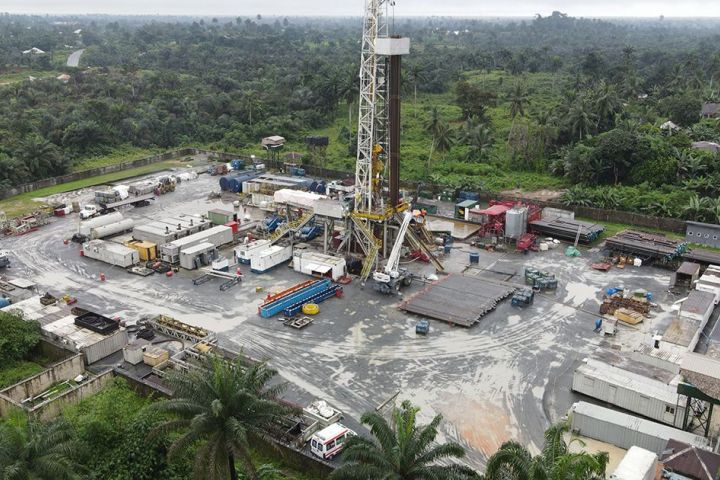11 May 2023
Opening up new horizons in Niger in both hydrocarbons and renewable energy
Our assets
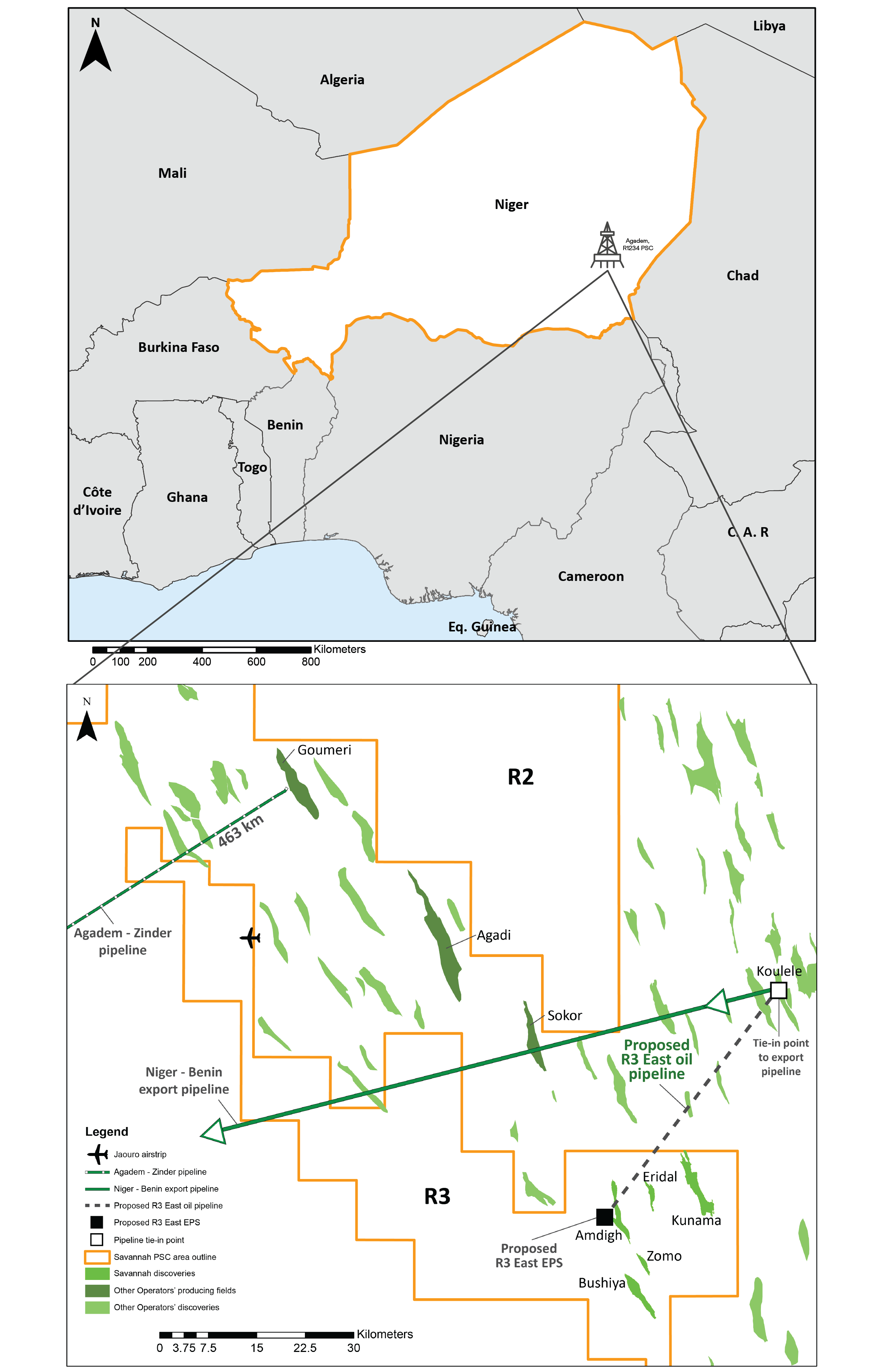
Hydrocarbon licence interests
Savannah’s hydrocarbon licence interests cover approximately 13,655 km2, equating to 50% of Niger’s main petroleum basin, the Agadem Rift Basin (“ARB”) in South East Niger.
35 MMstb
of Gross 2C Resources for our R3 East discoveries.
90 MMstb
of additional Gross Unrisked Prospective Resources (Best case) from five prospects and leads within tie-in distance to the planned R3 East facilities.
100% exploration success rate
achieved to date with five discoveries from five wells drilled.
146
potential exploration targets.
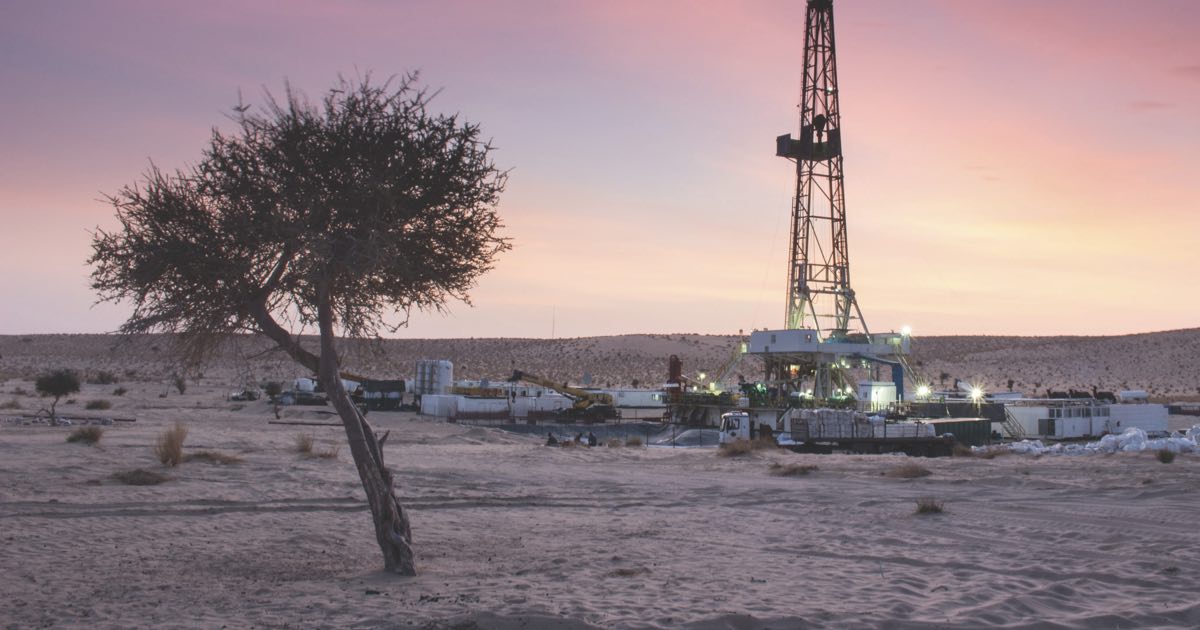
Our progress in the ARB
Savannah has delivered a highly successful exploration campaign in Niger with five discoveries from five wells in the R3 area. There are an additional five prospects and leads within tie-in distance to the planned R3 East facilities with three Yogou Cretaceous prospects mapped on 3D seismic, at depths below our main discoveries (i.e. Amdigh, Eridal and Bushiya), and two leads in the Central part of R3. Savannah has identified 146 potential exploration targets in total across our licence area to consider drilling in the future. CGG Service (UK) Ltd. has stated that the estimated average geological chance of success for the Alternances exploration prospects and leads, such as those drilled to date by Savannah in the R3 East area, is high, at more than 75%.
We are continuing to seek to progress the R3 East oil development. The Niger-Benin oil export pipeline, now fully operational, provides a potential route to international markets for crude oil produced from the R1234 contract area of our subsidiary. We have sought to optimise the development plan for the R3 East Area and we now forecast a peak potential production of approximately 10,000 bopd (vs 5,000 bopd in the previous plan). Management estimates of the forecast PV10 value of the R3 East development project has also increased from US$150 million1 to US$210 million.2
Read more about the geology
of the ARB in our
latest Annual Report and Accounts
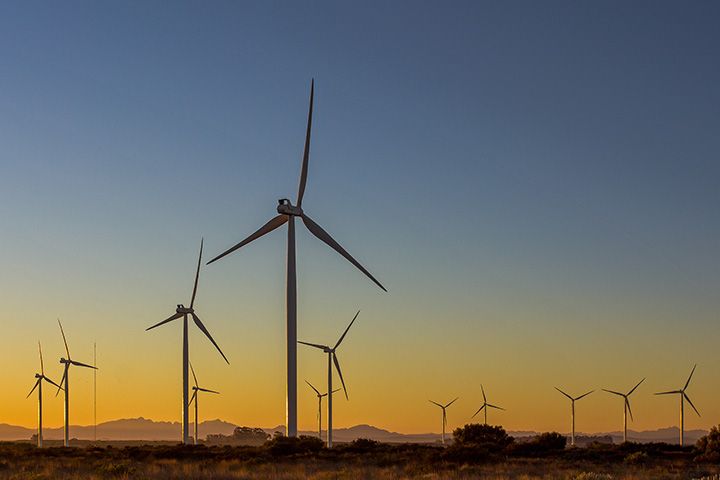
Parc Eoilen de la Tarka
Savannah’s up to 250 MW Parc Eolien de la Tarka project, located in the Tahoua Region of southern Niger, will be the country’s first wind farm project, expected to be the largest in West Africa. With 35 to 40 wind turbines and a total power generation capacity of up to 250 MW, it is expected to produce up to 800 GWh of electricity per year, representing approximately 24% of Niger’s electricity demand, based on the country’s projected energy demand in 2026 (which is expected to grow significantly between today and 2026). The construction phase is expected to create over 500 jobs, while it has the potential to reduce the cost of electricity for Nigeriens and avoid an estimated 450,000 tonnes of CO2 emissions annually.3
Up to 250 MW
Proposed installed power generation capacity.
35-40 wind turbines
Expected to comprise between 35 to 40 wind turbines.
800 GWh/y
Expected to produce up to 800 GWh per year of electricity.
500 local jobs
The construction phase of the project is expected to create over 500 local jobs
24%
Expected to supply up to 24% of Niger’s electricity demand.
First power 2028
Project sanction expected in 2026 and first power targeted in 2028.
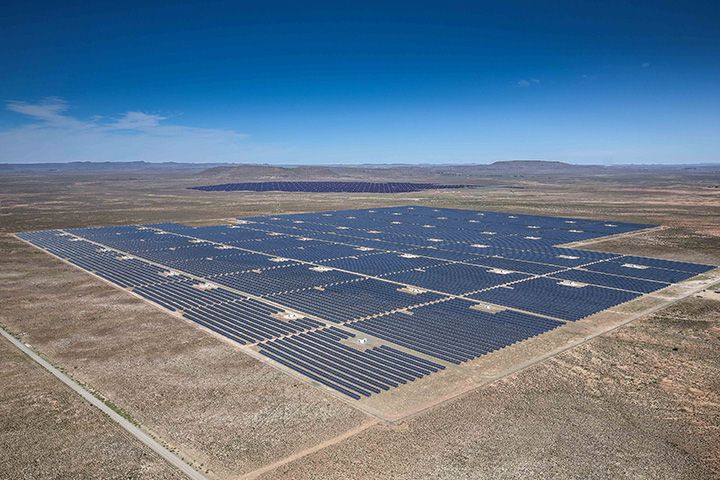
Niger solar projects
In May 2023, we announced the signing of a Memorandum of Agreement with the Government of Niger for the development of two photovoltaic solar power plants, expected to be located within 20 km of the cities of Maradi and Zinder, in southern Niger. Each plant is expected to have an installed capacity of up to 100 MW, for a total potential installed capacity of up to 200 MW. The photovoltaic solar projects are expected to generate reliable, affordable energy for Niger and supply up to 12% of Niger’s electricity demand, based on 2026 energy demand predictions. The projects are also expected to result in the avoidance of up to an estimated 260,000 tonnes of annual CO2 emissions.3
Up to 200 MW
Two solar photovoltaic power plants, of up to 100 MW each, expected to be located within 20km of the cities of Maradi and Zinder, respectively, in southern Niger.
Grid connection
Expected to be connected to the South Central section of Niger’s electricity grid.
Avoiding up to 260 kt of CO2
Expected to avoid up to an estimated 260,000 tonnes of annual CO2 emissions3.
12%
Expected to supply up to 12% of Niger’s electricity demand.
1. Niger Competent Persons Report (2021) compiled by CGG Services (UK) Limited.
2. Management estimate as at 31 December 2024 based on R3 East development with peak production of 10,000 bopd vs. 5,000 bopd in the Niger Competent Persons Report (2021) compiled by CGG Services (UK) Limited.
3. Calculation based on European Investment Bank (EIB) Project Carbon Footprint Methodologies, Methodologies for the Assessment of Project GHG Emissions and Emission Variations, July 2020.
